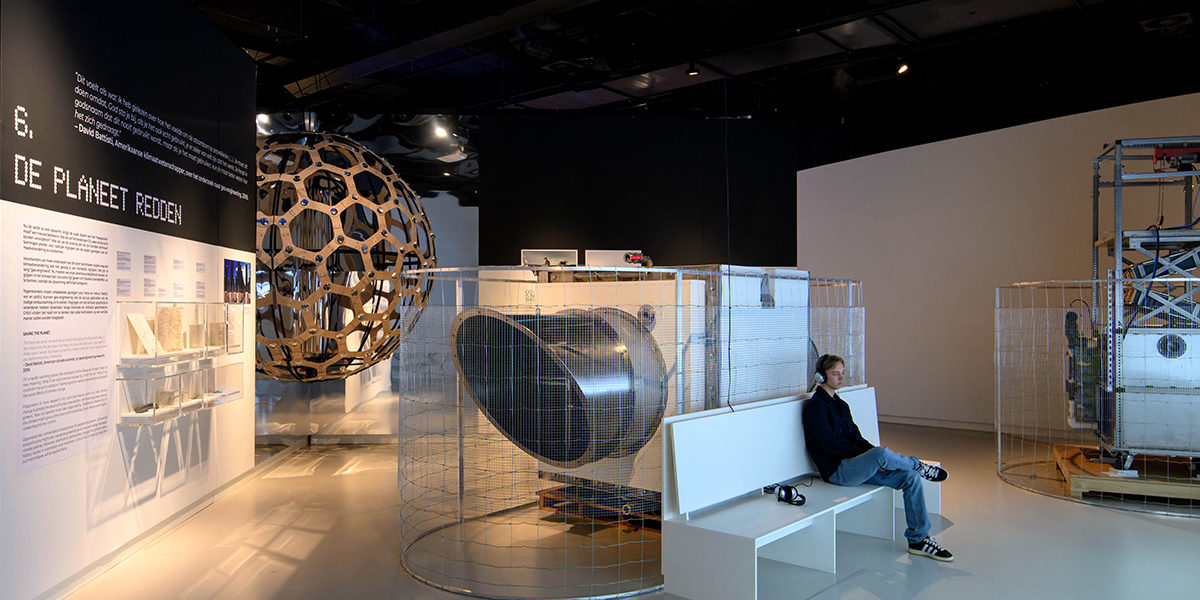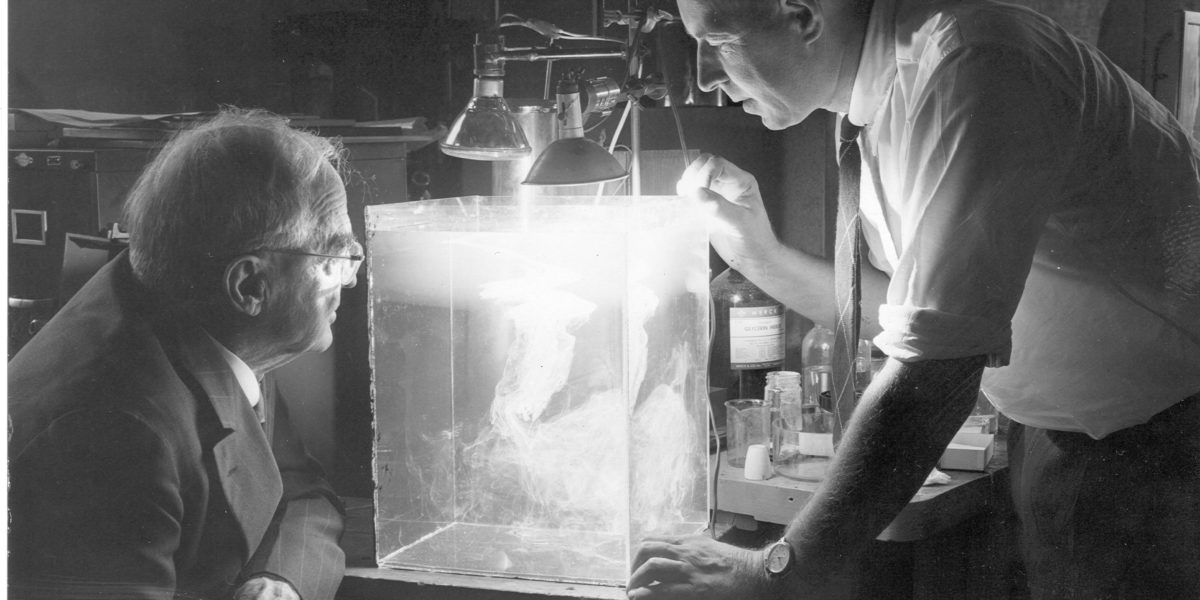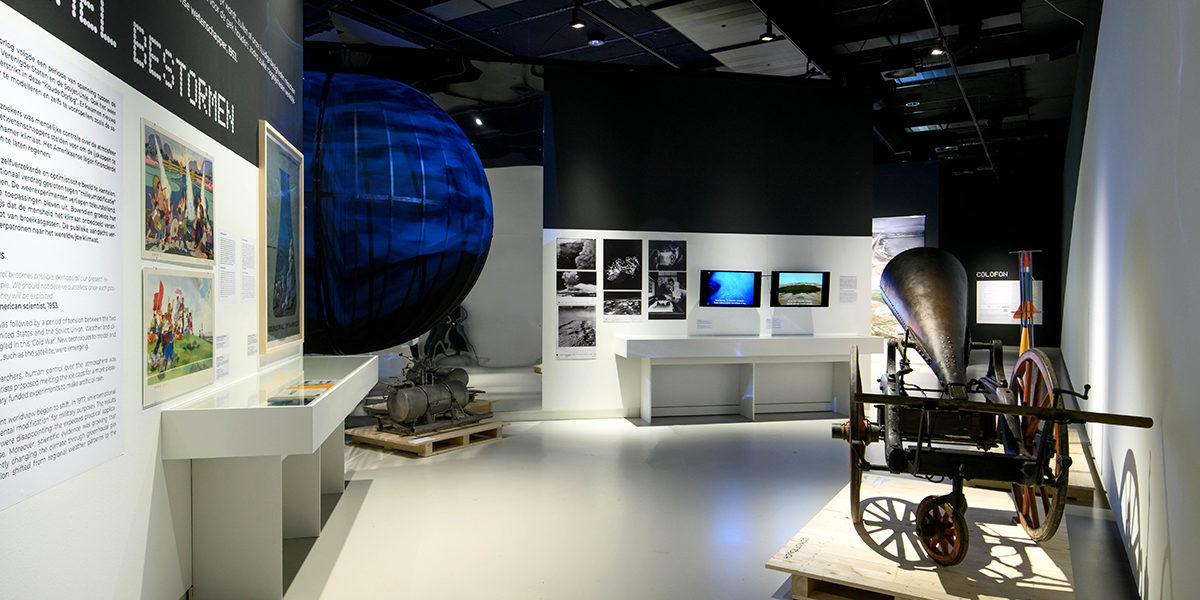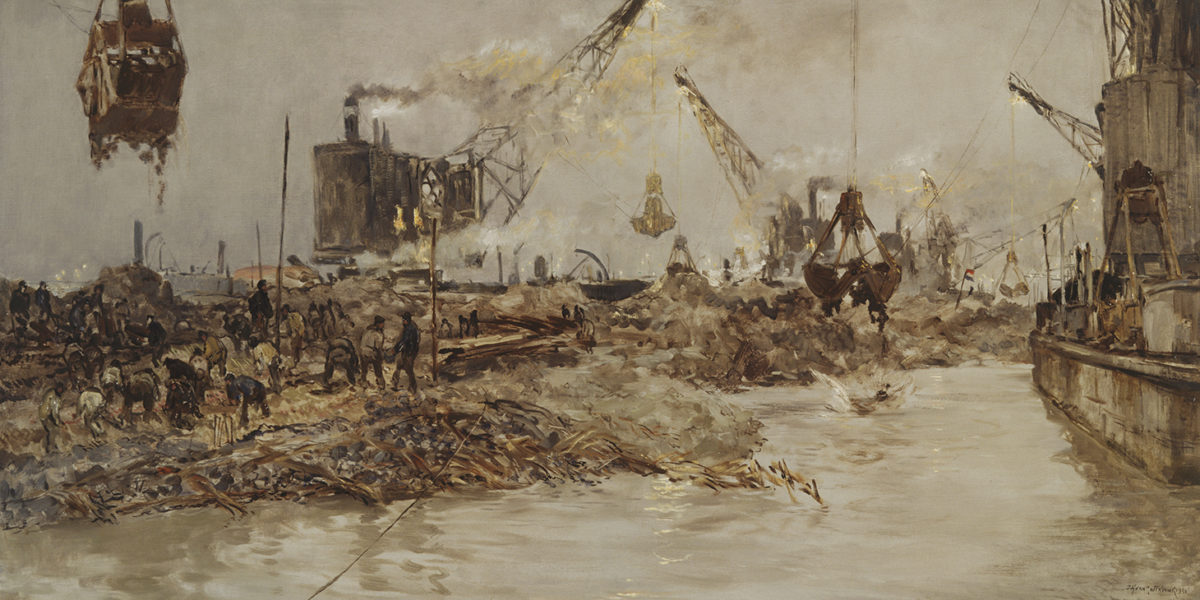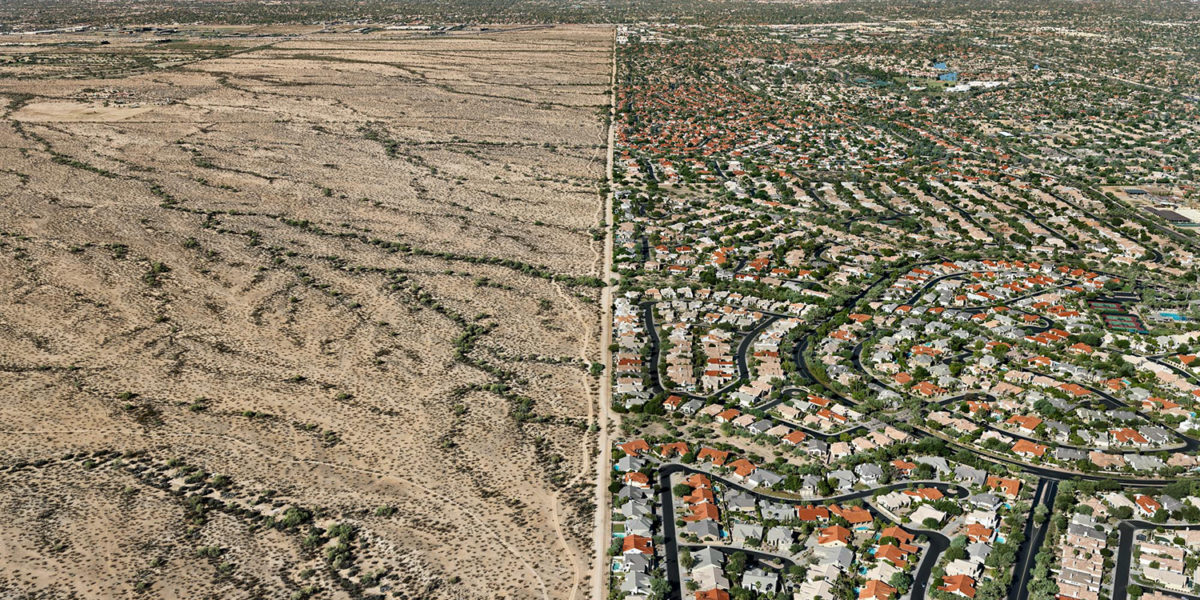‘There’s no such thing as nature anymore — that other world that isn’t business and art and breakfast is now not another world, and there is nothing except us alone.’
– Bill McKibben, American author and environmental activist, 1989 [1]
For a long time, the effects of human actions on nature were mainly observed on a local scale. From the 20th century onwards, the image of climate as a global and complex system gained immense influence – partly thanks to increased globalisation and the emergence of modern climate science.
In the year 2000, Dutch scientist Paul Crutzen, together with his colleague Eugene Stoermer, declared that a whole new geological era had begun: the Anthropocene. Humanity now has such a great influence on all the Earth’s natural processes, Crutzen and Stoermer argued, that our species itself has become a force of geological significance.
In a short time span, humanity has dramatically changed the earth. After the Second World War especially, the world witnessed a ‘Great Acceleration’. The global human population exploded. With rising consumption and material prosperity, pressure on the earth’s ecosystems also increased. Climate change, land degradation, pollution and biodiversity loss now constitute a complex, global problem rapidly spiralling out of control.
Unwitting geo-engineers
With impressive aerial photographs, Canadian photographer Edward Burtynsky records the human impact on Earth. The traditional rice terraces in China remind us that people have tried to control natural forces for centuries. Human impact is now happening on an unimaginable scale, in all landscapes and in all possible ways. Huge excavators dig for brown coal in Germany; in China, oysters, mussels and shrimps are grown in vast floating farms. Even ‘green’ technologies, such as a solar power plant in Spain, require large amounts of land and materials.
The rise of climate science
The ancient Greek philosopher Parmenides wrote that the earth could be divided into five equal zones, which he called klimata. The zones in the north and south were too cold, those around the equator too hot. In between, where Greece was located, the weather was just right. In the Renaissance, however, European sailors noticed that the world’s climates were much more diverse. Later, new measuring instruments allowed scientists to record weather conditions much more precisely. From the 17th and 18th centuries onwards, this process reinforced the idea that climate was measurable, and could potentially be influenced by humans.
The Earth as a system
Our current global view of climate did not emerge overnight. In 1856, the American Eunice Foote discovered that CO2 traps heat. Some forty years later, the Swedish chemist Arrhenius calculated that burning coal would therefore warm the climate. Still later, global data and computer models provided the scientific evidence for this, leading to the emergence of the modern western environmental movement in the 1970s. Influential publications fuelled concerns about ‘the environment’; a fragile system that had to be protected from humans.
Timeline of the Anthropocene
Can we really consider the Anthropocene an official geological epoch? In 2009, the Anthropocene Working Group (AWG) was founded to investigate this question. It recently recommended marking the mid-20th century as the starting point of this epoch: from this moment on, radioactive traces of nuclear tests can be found in the ground. Others consider the rise of the steam engine, the birth of agriculture or even the taming of fire in prehistoric times to be the beginning. Still others object to the Anthropocene as a concept. According to them, humanity is not a unified force of nature: rather, it is mainly the capitalist economy which has had such a huge impact on the earth
[1] Bill McKibben, “From The End of Nature,” in The Global Warming Reader: A Century of Writing about Climate Change, ed. Bill McKibben (New York, N.Y.: Penguin Books, 2012), Part III, Chapter 1.

